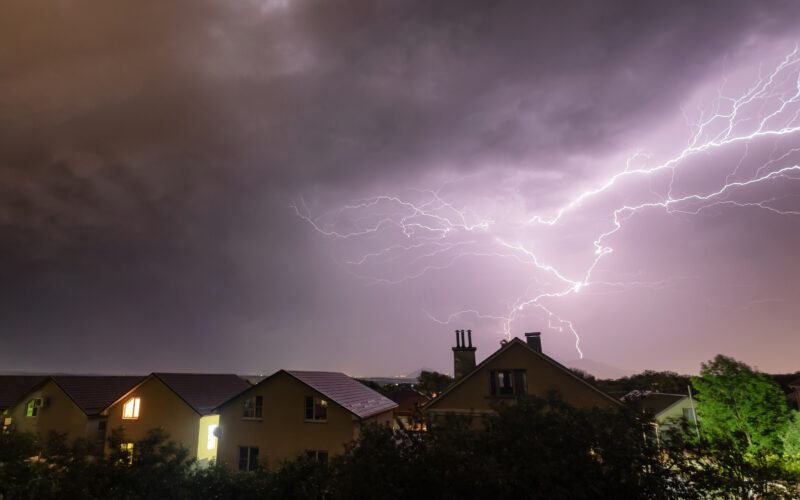Florida is rightfully known as the Sunshine State, but as any Floridian also knows, the weather can go from beautiful to downright dangerous in the blink of an eye. In the face of an unforeseen emergency, having a family plan, as well as an emergency kit, can save lives. In this blog, we’ll explore some tips to create both.
What Is a Family Plan and Emergency Kit?
A family plan is a plan discussed between you and each of your family members for when disaster strikes. The plan should have details worked out, like where to go and what to do, especially if, at the time of the emergency, you and all your family members aren’t together and phone service is unavailable. An emergency kit is a collection of supplies to be used in case of the aforementioned emergency.
Know the Essentials of an Emergency Kit
There are plenty of items you could include in your emergency kit, but there are some items that are an absolute must.
Key Items to Include in Your Emergency Kit
The following items could be considered key items for any emergency kit and are as follows:
- Water: one gallon per person, per day (recommended: three-day supply for evacuation, two-week supply for home)
- Food: non-perishable, easy-to-prepare items (recommended: three-day supply for evacuation, two-week supply for home)
- Flashlight
- Battery-powered or hand-crank radio (recommended: NOAA Weather Radio, if possible)
- Extra batteries (recommended: multiple packs of common batteries AA, AAA)
- First aid kit
- Multi-purpose tool
- Sanitation and personal hygiene items
- Copies of personal documents (recommended: list of medications, pertinent medical information, proof of address, deed/lease to home, passports, birth certificates, and insurance policies)
- Cell phones with chargers
- Family and emergency contact information
- Extra cash
- Emergency blanket(s)
- Map(s) of the area
Know Your Family’s Needs to Customize Your Kit
For this step, you’ll need to have discussions with your family members to determine what personal items each of them requires. This could be things like eyeglasses, contact lenses, contact lens solution, specific medical needs like syringes for diabetics, hearing aids, etc. Each family’s needs are wholly unique and should be carefully considered.
Craft a Family Emergency Plan
Next, you’ll have to create an emergency plan of action that each family member knows and understands.
Communication Strategies During an Emergency
During an emergency, things can become very hectic and unsure. You’ll have to have a clear plan of action in which all family members know how they’ll communicate, as well as where everyone will meet if separated.
Assigning Roles and Responsibilities
Next, you’ll have to talk about what role each family member will play during the emergency. First, you’ll need to assess the abilities of each family member, considering age, physical limitations/abilities and each person’s skill set. Some roles to think about may include:
- Leader: Assign a family member to lead. This is someone who will make decisions during an emergency.
- Communicator: Designate someone who will be responsible for communication.
- First Aid Provider: Ideally, one or more family members should be trained in basic first aid.
How to Maintain Your Emergency Preparedness
Regular Updates and Checks on Supplies
It’s critical to note that maintaining your emergency kit is not a one-time task. There’ll need to be regular checks and updates to ensure your supplies are always ready and usable when they’re needed. Here are a few things you can do to effectively manage your preparedness:
- Set a schedule for regular reviews
- Inspect and restock essential items
- Replenish used items
- Adapt to changing needs of family circumstances
- Seasonal adjustments
- Keep important documents updated
Practicing Your Emergency Plan
At least once a year, your family should have a practice rundown of your plan. This will ensure everyone is clear on the plan, their responsibilities, and allow you to make adjustments as needed.
Learning First Aid and Emergency Response
Everyone in your family, if possible, should have some basic first aid training, but it should be a priority for at least one family member. The Red Cross has information online where you can access this training locally.
There are always emergencies, on the road and in your home, and you’ll need to be prepared. A family plan and emergency kit are a great starting point, but Florida Farm Bureau Insurance has high-quality auto and home insurance to keep covered. Use our Agent Finder to contact a local agent to get a quote today.

